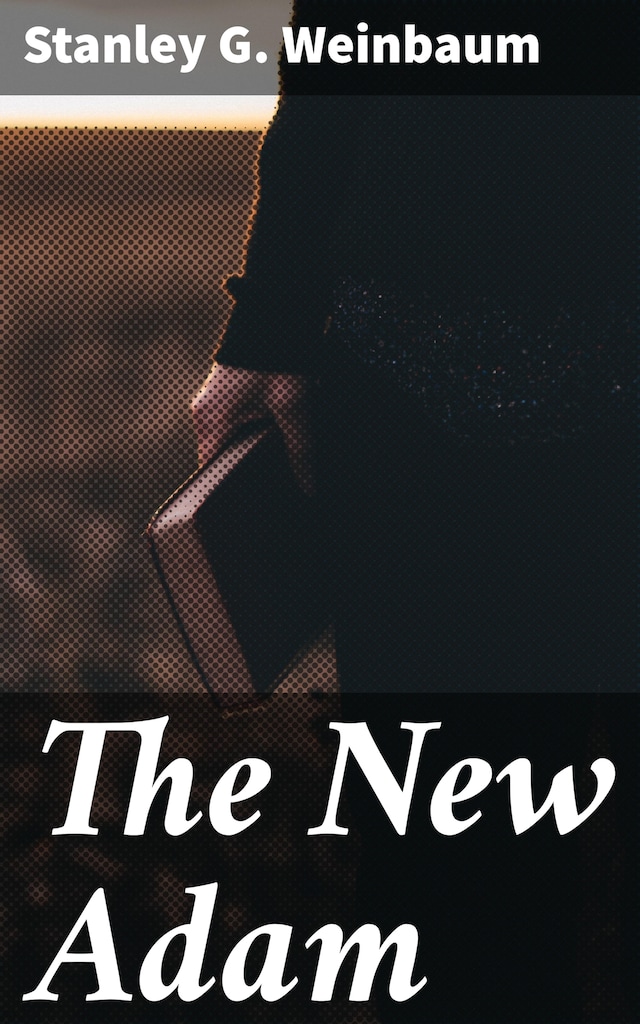
The New Adam
Exploring Genetic Engineering and Artificial Life in a Futuristic World
Description of book
In Stanley G. Weinbaum's "The New Adam," readers are invited into a scientifically rich narrative that intertwines themes of humanity's evolution and ethical consequences of genetic manipulation. The story is set in a future where the boundaries between man and machine blur, exploring the implications of a genetically enhanced being that embodies the pinnacle of human potential. Weinbaum's writing is noted for its vivid imagery and imaginative scope, reflecting the growing fascination with science fiction in the early 20th century, often characterized by its prescience and moral depth. This novella stands as a precursor to contemporary thought on bioethics and evolution, engaging readers with philosophical inquiries that resonate today. Weinbaum, an American author primarily active during the 1930s, was deeply influenced by his background in science, having studied at the University of Wisconsin where his penchant for scientific inquiry flourished. His works often reflect his emancipation from traditional narrative forms, pushing the boundaries of speculative fiction. His innovative approach paved the way for future writers and established him as a formidable voice in the genre, marking him as one of the early pioneers who sought to integrate scientific ideas with narrative. "The New Adam" is not merely a tale of speculative evolution; it is a profound exploration of what it means to be human in an age of rapid scientific advancement. This work will undoubtedly resonate with readers who appreciate thought-provoking literature that examines the consequences of humanity's choices. Engage with Weinbaum's vision of the future and reflect on your own place within the story of human evolution.
 Stanley G. Weinbaum
Stanley G. Weinbaum 183 Pages
183 Pages